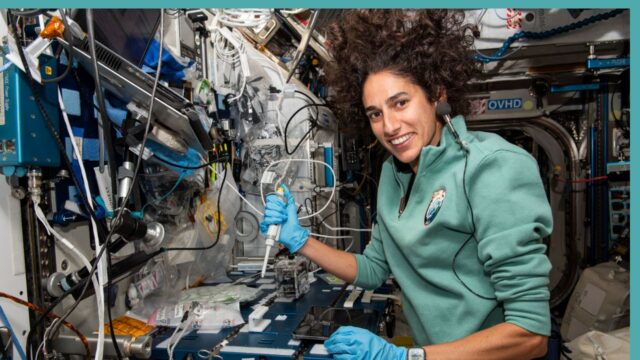NASA has thrown its weight behind eight exciting new research projects focused on understanding how our bodies adjust to the conditions of space. What’s interesting? These studies won’t require any astronaut samples or data – all the research will be conducted right here on Earth.
The aim? To get a deeper understanding of astronauts’ physical and emotional reactions when faced with the unique challenges space throws at them. By delving into this, NASA hopes to better safeguard astronauts’ health and well-being during long missions to places like the International Space Station, the Moon, Mars, and even further into the cosmos.
How were these projects chosen? From an impressive 60 ideas submitted in response to the 2023 Human Exploration Research Opportunities call, these eight stood out. The studies range from delving into muscle and bone health, differences between sexes in space, the psychological impact of crew autonomy, to the effects of space travel on the brain. Additionally, you can also read about- 12 Bravest Animals Who Have Traveled to Space
To ensure the best of the best were selected, all proposals were scrutinized by a panel of experts from various sectors, all under a cloak of anonymity. And after some rigorous checks and balances – and making sure they aligned with NASA’s Human Research Roadmap – the top projects were given the green light. With an overall fund of $1.2 million to be shared amongst them, each research endeavor will be conducted over a year.
Curious About Who’s Leading the Charge? Here’s a Rundown:
- Heather Allaway from Louisiana State University and Texas A&M University will be studying bone changes in male and female mice during simulated space conditions.
- Kelly Crowe of Xavier University is looking into the effects of simulated microgravity on muscle atrophy.
- Anthony Lau from the College of New Jersey will explore the impact of proton radiation exposure on bone health.
- Ranjana Mehta of Texas A&M is keen to understand the combined effects of fatigue and altered gravity on behavior and sensorimotor functions.
- Kathleen Mosier from Teamscape LLC will dive into how astronaut teams negotiate autonomy during space missions.
- Talmo Pereira of the Salk Institute for Biological Studies will employ automated deep learning to study rodent behavior and health in spaceflight conditions.
- Shubhankar Suman from Georgetown University will focus on ways to counter space radiation-induced inflammation in the brain.
- Lastly, Danyal Turkoglu of the Ultra Safe Nuclear Corporation – Space will work on harnessing radioisotopes for inflight space radiology.
These projects, supported by NASA’s Human Research Program (HRP), form part of a larger quest to ensure humans can thrive in space. By studying the effects of spaceflight here on Earth – in labs, analog environments, and yes, sometimes the International Space Station – the HRP is laying the groundwork for our bold journeys to the Moon, Mars, and far beyond.
Read More: Chandrayaan-3 Lander Missing: Isro Still Trying to Establish Contact

















